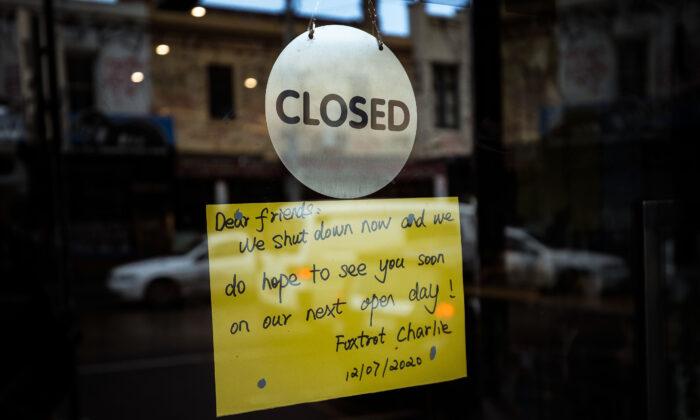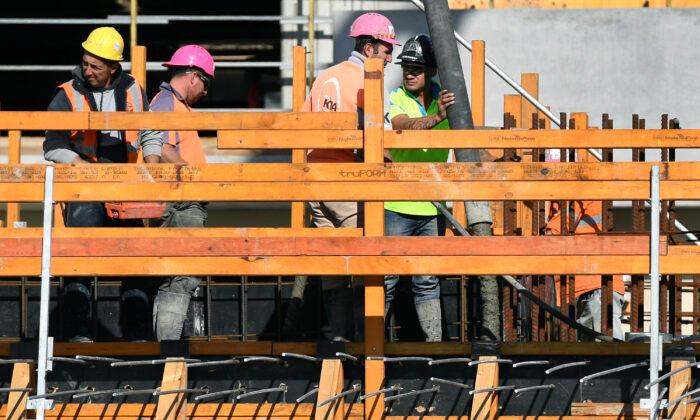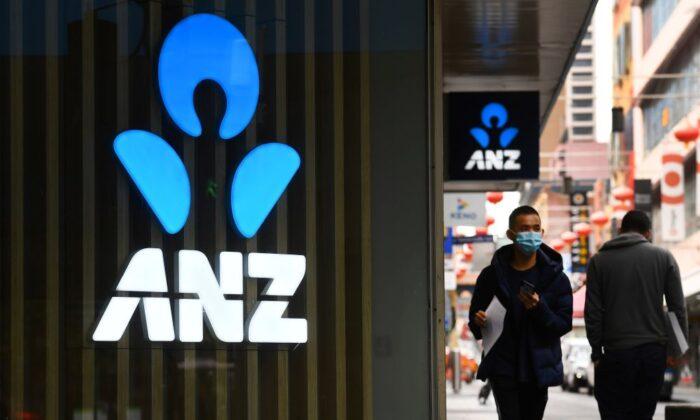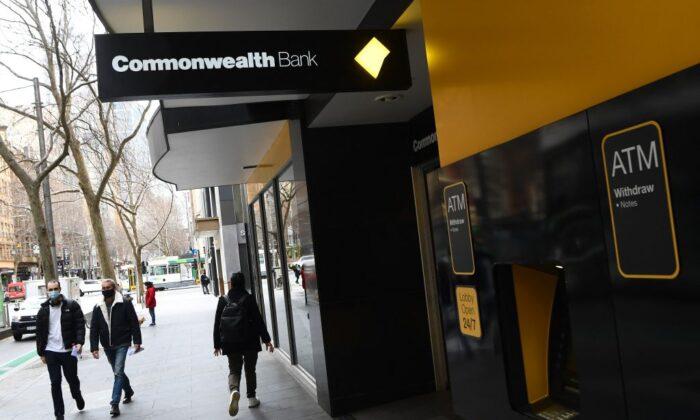The prolonged lockdown in Sydney, together with the fifth lockdown in Melbourne, has cast a shadow over the resilience of Australia’s economic recovery despite the Australian unemployment rate dropping to 4.9 percent in June, its lowest level since Dec 2010.
The drop in unemployment coincides with a further increase in the employment rate, with the number of employed rising by over 29,o00 to reach just over 13 million. Full-time employment also jumped by 51, 600, but was partly offset by a 22,500 decline in part-time workers.
ABS head of labour statistics Bjorn Jarvis said the latest data reflected the current dynamic in the labour market.
“ The declining unemployment rate continues to coincide with employers reporting high levels of job vacancies and difficulties in finding suitable people for them,” he said.
Another improvement is seen in the youth unemployment rate, which has decreased by 0.5 percentage points to 10.2 percent, the lowest level in 12 years.
But not all the indicators are positive.
The underemployment rate has risen by 0.5 points to 7.9 percent, meaning more people are willing to work more hours but cannot do so.
Treasurer Josh Frydenberg said on July 16 that the latest jobs data showed the strength and resilience of the national economy, but he conceded that the latest lockdowns were posing challenges to the emerging economic recovery.
Economists Say Lockdown Harm Small Despite Effect on Small Businesses
Hobart-based independent economist Saul Eslake estimates that the total costs from both Sydney and Victorian lockdown could go up to $1.5 billion a week, representing a loss of about 3.75 percent of GDP for each week. Assuming Sydney’s lockdown ends by July 30 and Victoria’s ends by July 21, the total cost would amount to around one percent of GDP.“That could be enough to produce a negative figure for Q3 GDP growth,” he told the Epoch Times on July 17. Nevertheless, he remains confident the Aussie economy is resilient.
“The experience last year tells us that these losses are likely to be made good when the lockdown ends, so if Q3 is negative, then Q4 will be commensurately stronger than it would otherwise have been,” he explained.
Eslake also noted that while the lockdowns could potentially disrupt the downward trajectory of the unemployment rate, its impact could be limited. This is partly because employers may choose to reduce working hours while keeping workers on the payroll, which would keep the rate down.
Richard Holden, Professor of Economics at UNSW Business School, supports the government’s stance on lockdown, saying the focus should be on “the costs of the virus, rather than the costs of the lockdown.”
“The fact that the Delta strain has broken out in a largely unvaccinated population is the problem,” he told the Epoch Times.
Holden believes that the government’s $5 billion support package should help businesses and households get back on their feet.
However, Angela Vithoulkas, a City of Sydney councillor and a former small business owner, has a different outlook.
She says that the Greater Sydney lockdown has created a catastrophe for small businesses and pushed their financial and emotional stress levels to the limit.
“The small business community that I speak with every day are devastated by this most recent lockdown, the way it is handled and how we have got here,” she told the Epoch Times in an email on July 15.
Vithoulkas said the latest outbreak could have been prevented if the NSW government had had a better safety system and protocols in place.
“Every business owner knows that you must plan for disasters, but our government doesn’t seem to understand this, even though they have had 18 months to learn from it,” she said.





Friends Read Free